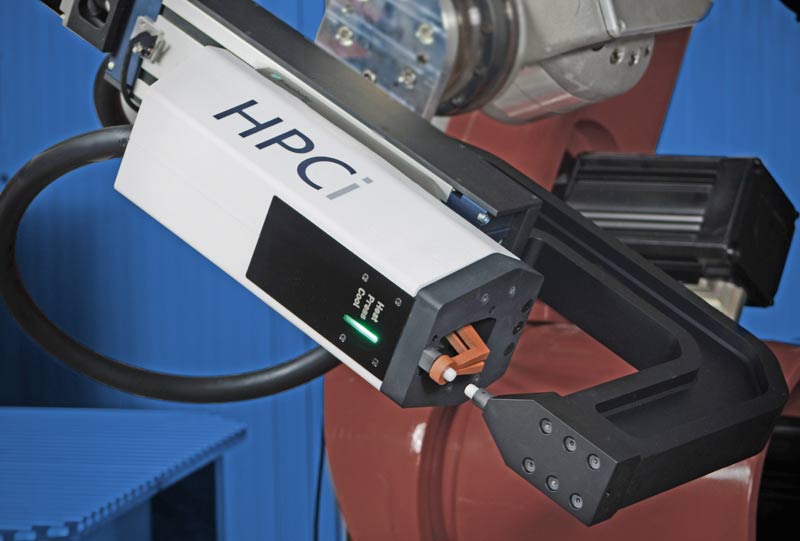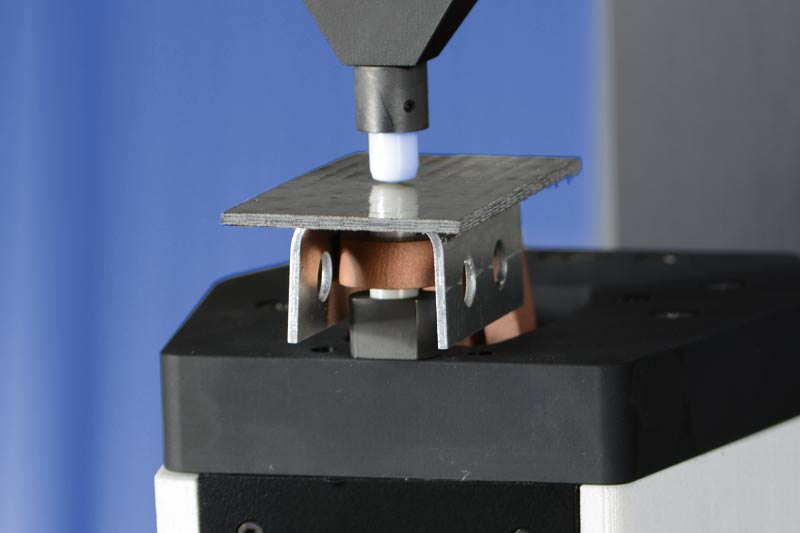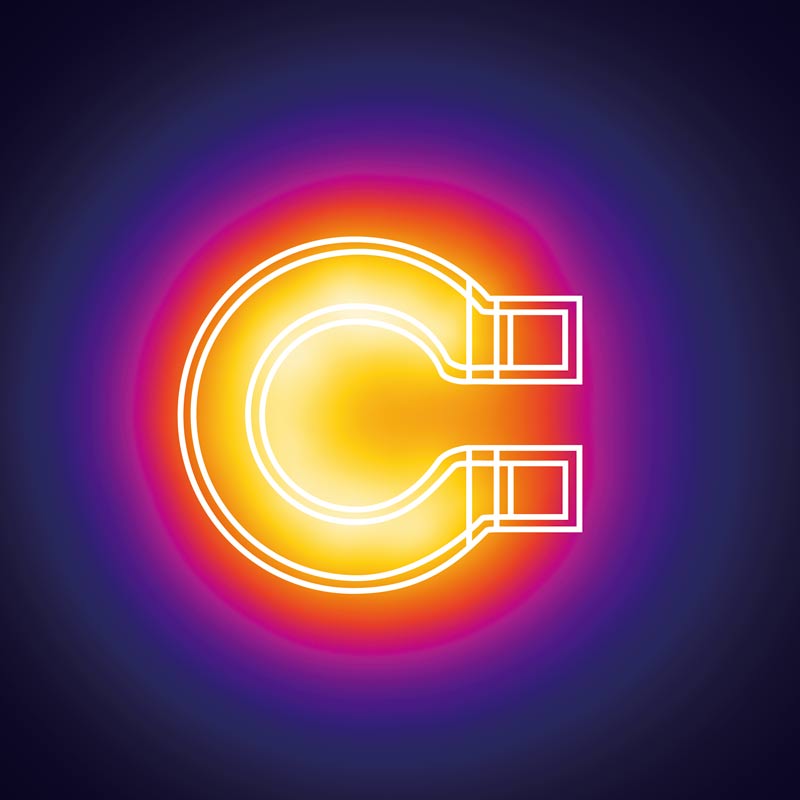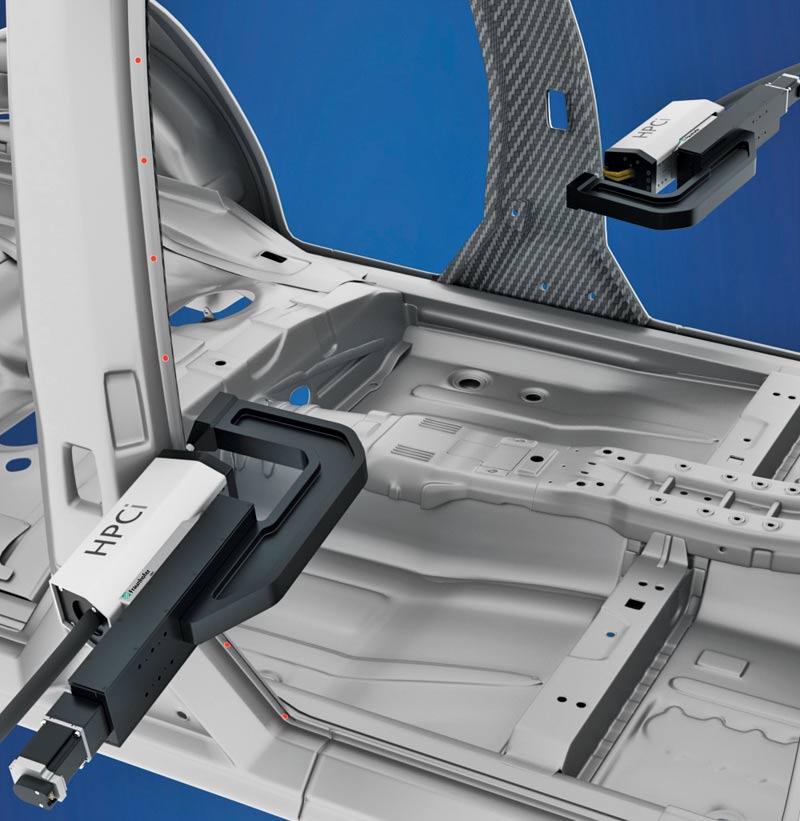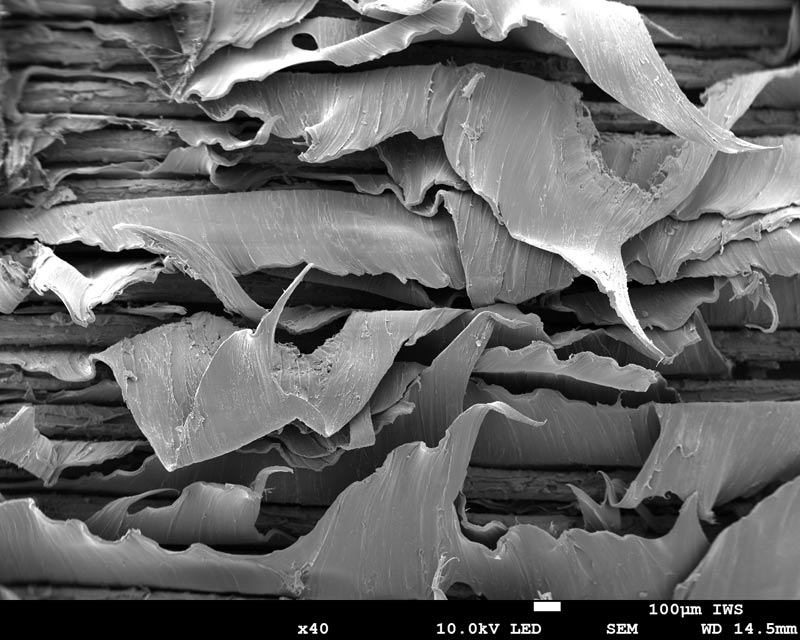When using laser radiation, dynamic beam shaping can flexibly generate different heating profiles and can thus produce varying joint geometries. For higher production quantities, metal volume heating with adapted inductors ensures minimum joining times and high energy efficiency. Direct access to the metallic joining partner is not necessary. The inductors can be designed with regard to the geometry and material of the joined parts. For integration into fully automatic assembly processes, a joining gun has been developed that preferably creates spot-like connections. A ring inductor working in the outer field encloses the pressure die, which presses the joining partners. The process-integrated control, the monitoring of the traverse path and the local joining temperature enable both the minimization of the joining time and the inline documentation of the achieved joining quality. The HPCi® joining gun operates both with one-sided and two-sided accessibility and can be adapted to conventional industrial robots. The tool is thus suitable for use in car body construction to convert resistance spot-welded metal constructions into multi-material designs.
 Fraunhofer Institute for Material and Beam Technology IWS
Fraunhofer Institute for Material and Beam Technology IWS
